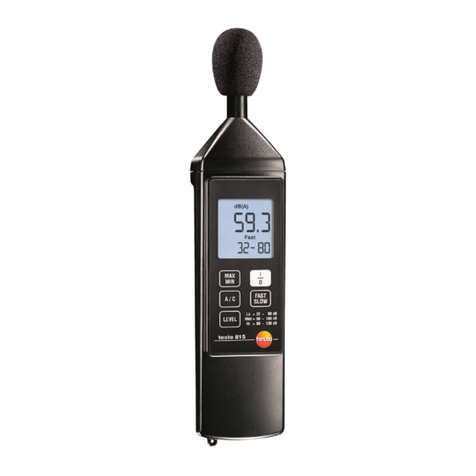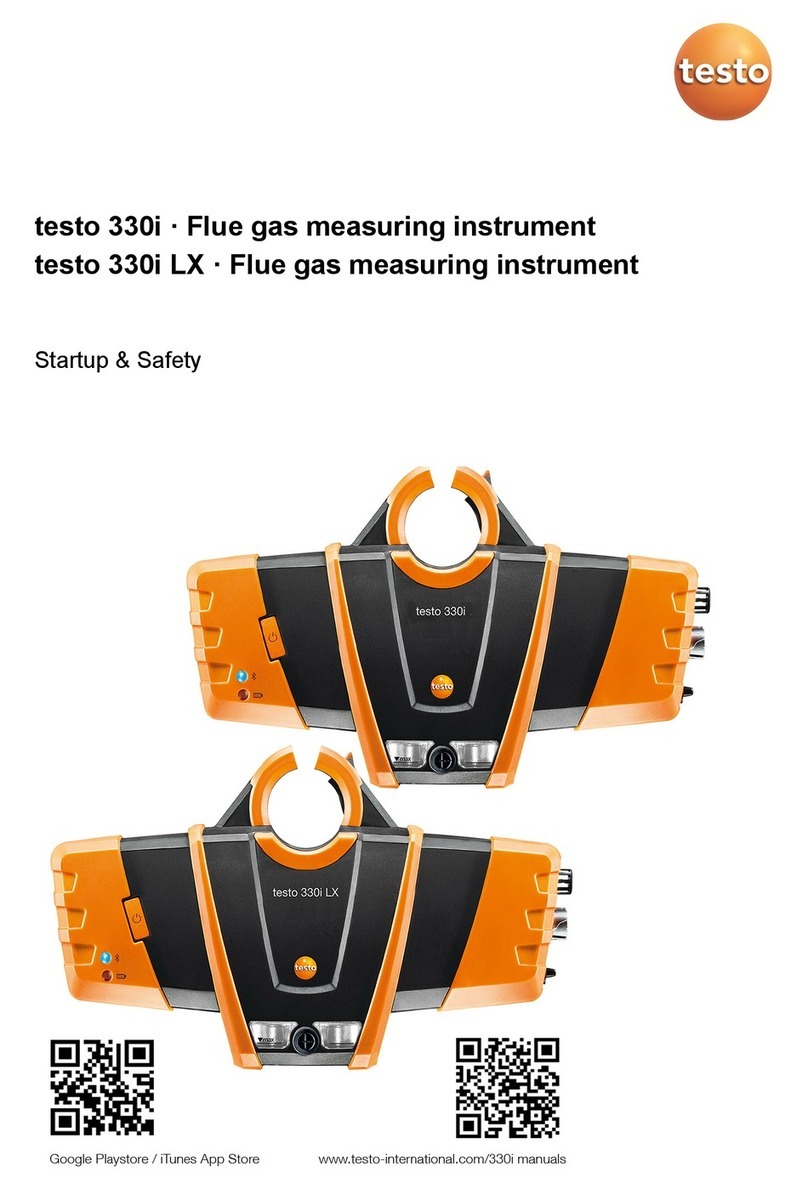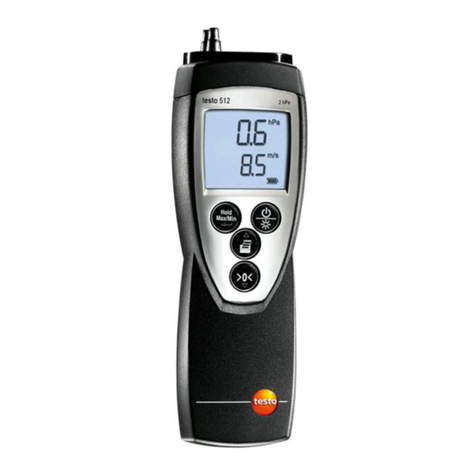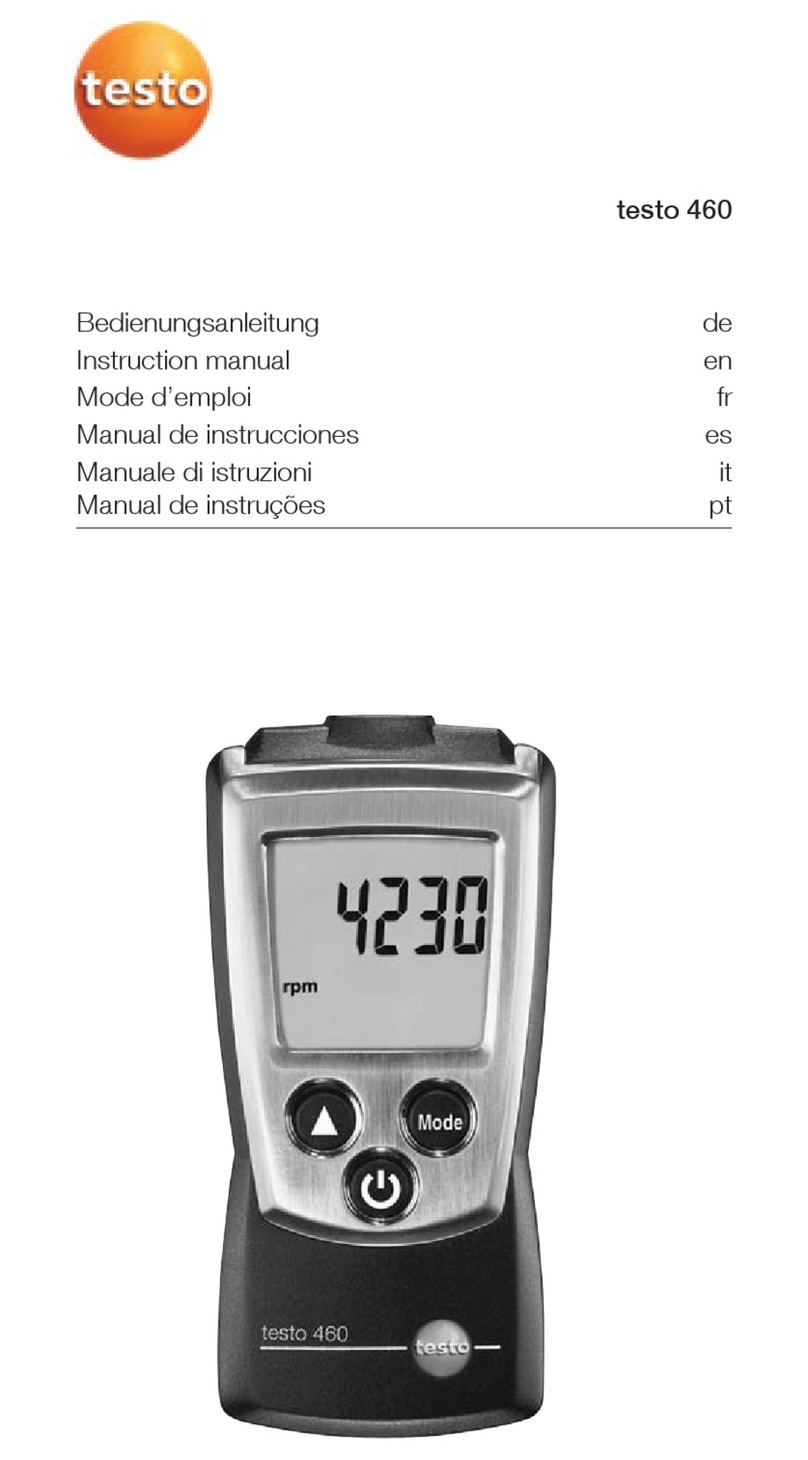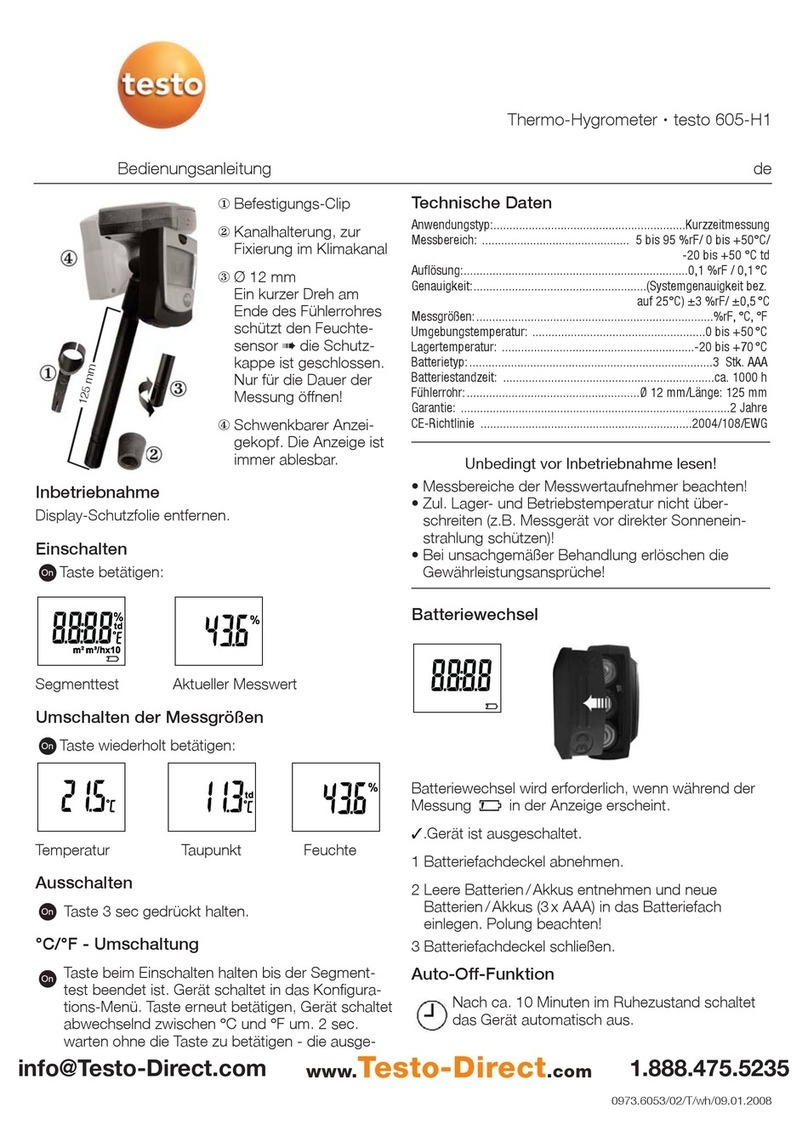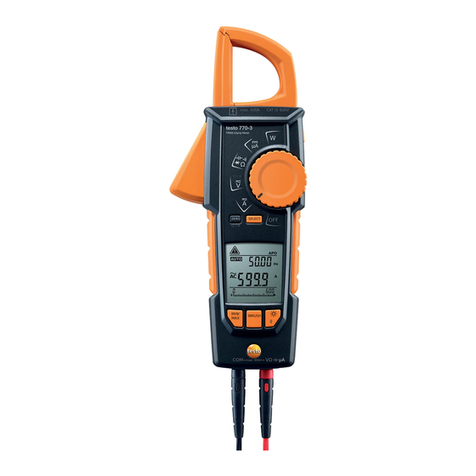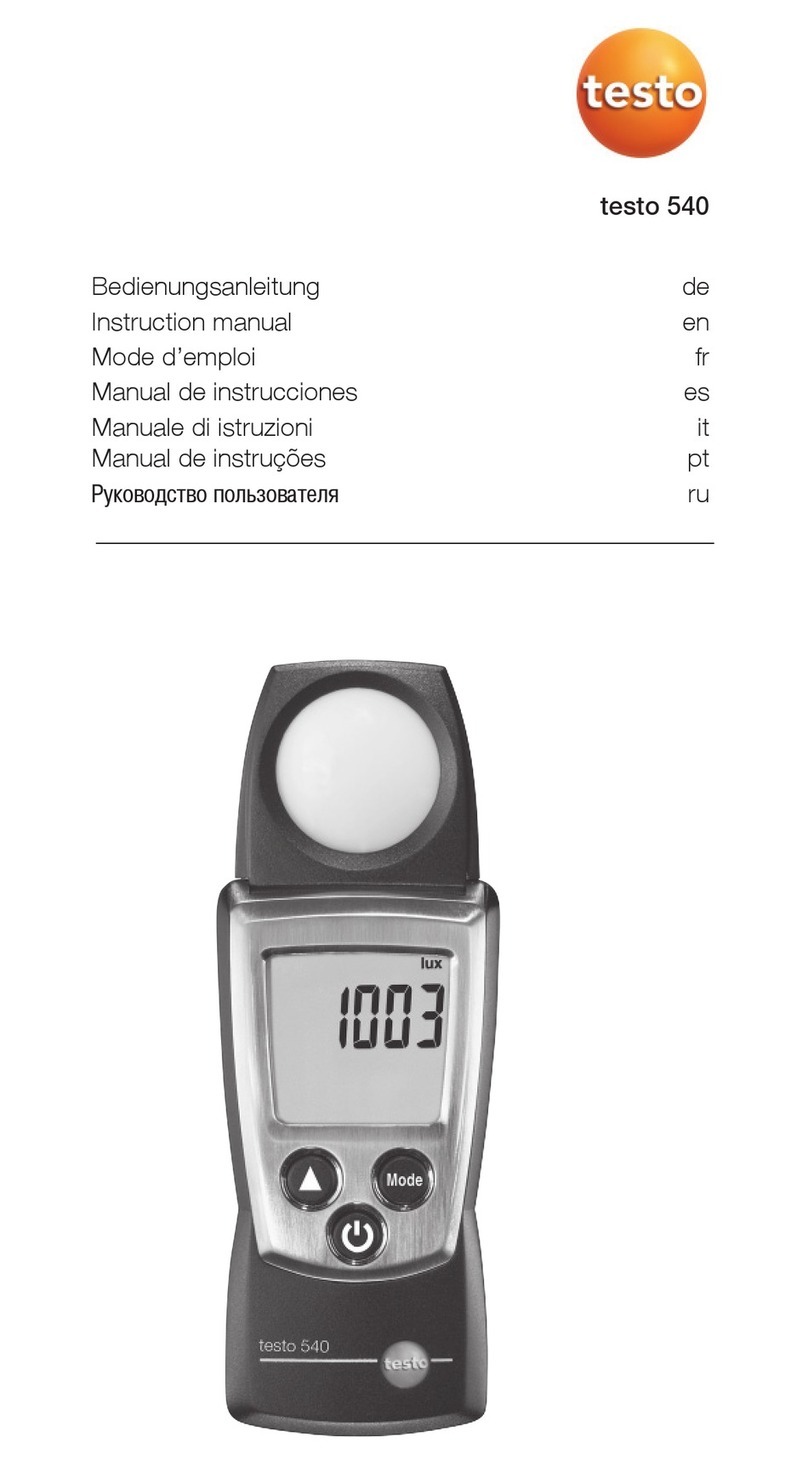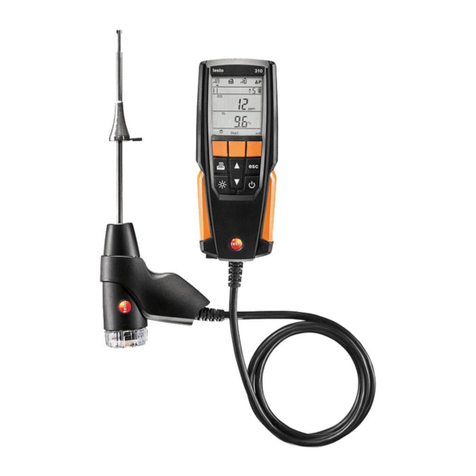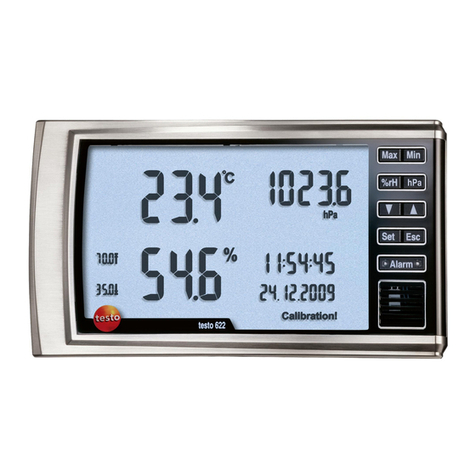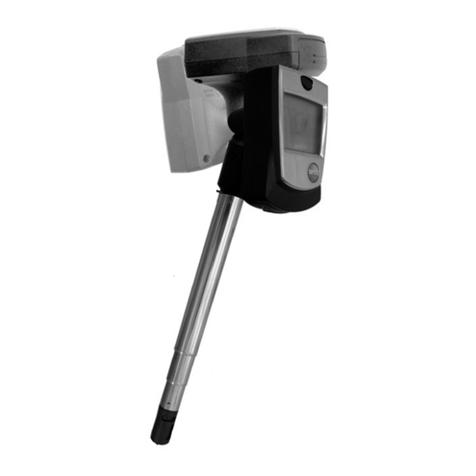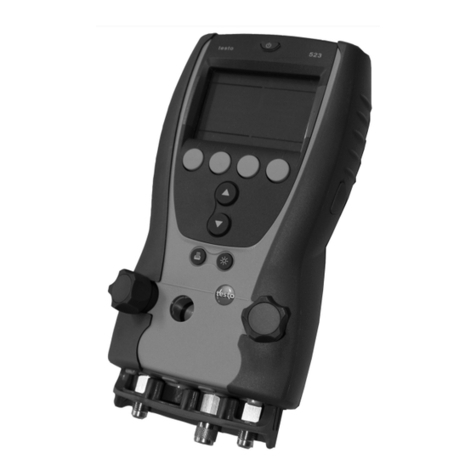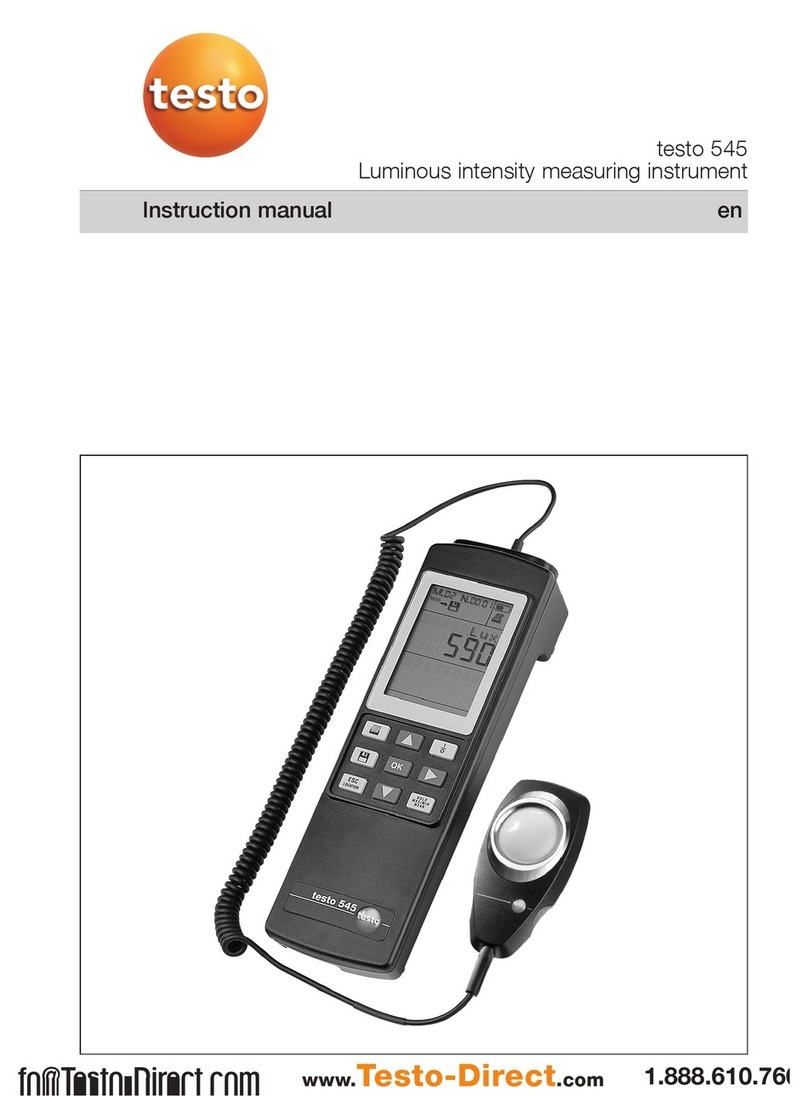
1 Contents
3
1Contents
1Contents...................................................................................................3
2Safety and the environment....................................................................5
2.1. About this document........................................................................5
2.2. Safety..............................................................................................5
2.3. Protecting the environment..............................................................7
3Specifications ..........................................................................................8
3.1. Use..................................................................................................8
3.2. Overview..........................................................................................9
3.3. Technical data...............................................................................10
3.3.1. Dimensions for the compressed air bar probe (mm) ......................................10
3.3.2. Technical data for the compressed air bar probe...........................................11
3.3.3. Description & technical data - accessories/service.........................................14
3.3.3.1. Tapping clamp.................................................................................14
3.3.3.2. Ball valve.........................................................................................15
3.3.3.3. Measurement fitting including ball valve ..........................................15
3.3.3.4. Drill unit ...........................................................................................16
3.3.3.5. Connecting cable.............................................................................16
3.3.3.6. Parameterisation/calibration:...........................................................16
4Initial operation......................................................................................17
4.1. Mechanical assembly....................................................................17
4.1.1. Preparation....................................................................................................17
4.1.2. Assembly of the clamp...................................................................................20
4.1.3. Assembly of the measurement fitting/ball valve .............................................21
4.1.4. Checking the clamp leak-tightness.................................................................22
4.1.5. Drilling holes in a compressed air line............................................................22
4.1.6. Assembly of the PBCOver reverse running protection unit.............................23
4.2. Electrical connection......................................................................24
5Operation................................................................................................27
5.1. Operation and display elements....................................................27
5.1.1. Types of operation.........................................................................................28
5.1.2. Menu overview...............................................................................................30
5.1.3. Programming.................................................................................................31
5.1.4. Adjustable parameters...................................................................................32
5.1.5. Setting the preset counter / pulse value (ImPS).............................................38
6Cleaning the sensor ..............................................................................43
6.1. Cleaning agents.............................................................................43
